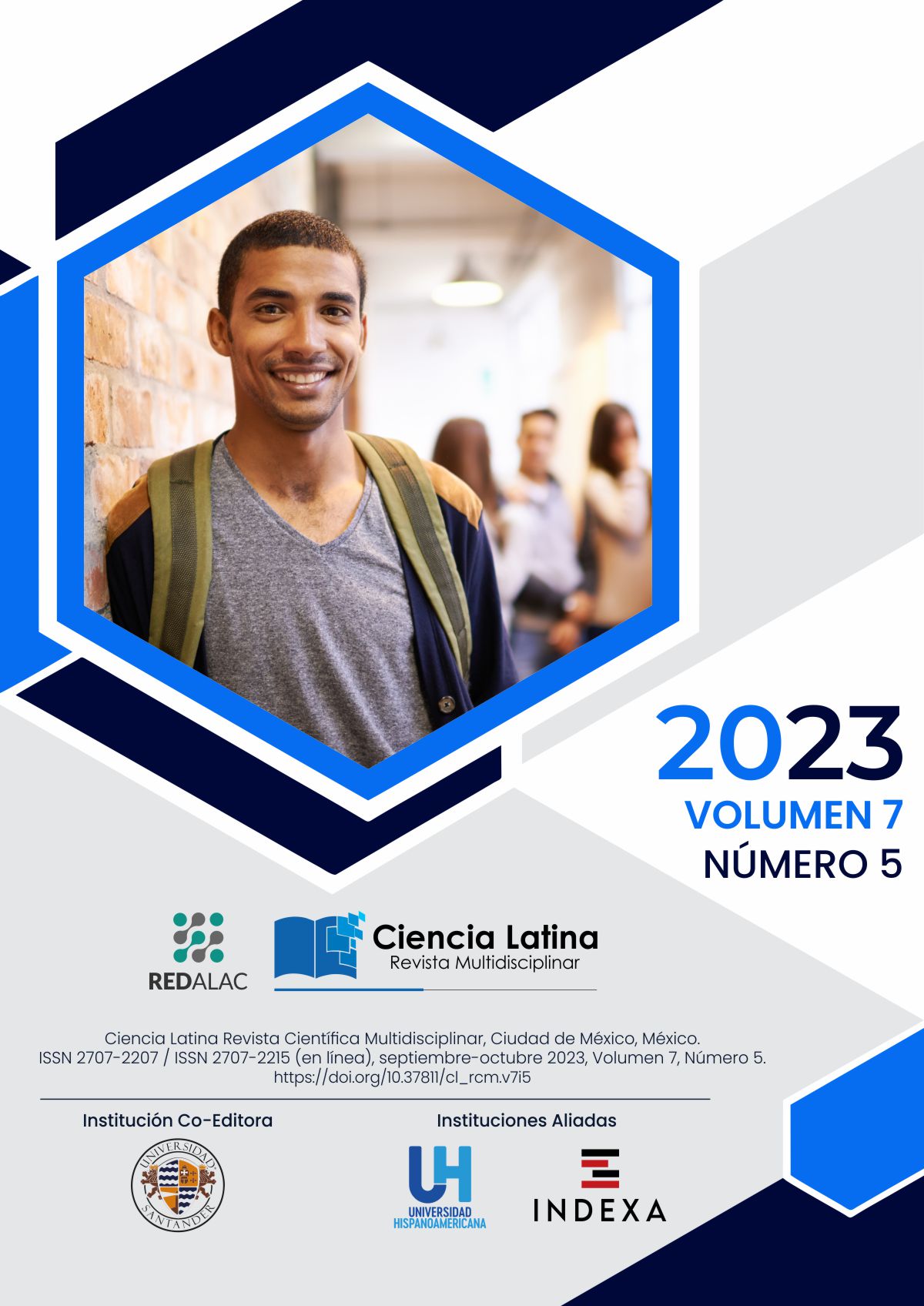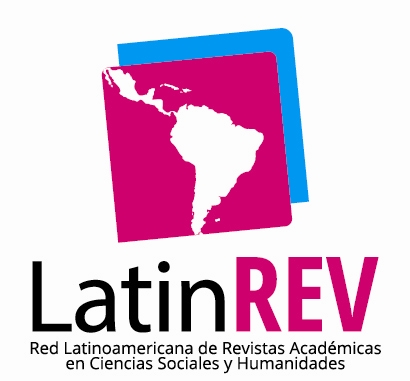Asociación entre la Estenosis Hipertrófica del Píloro y la Exposición Prenatal o Posnatal a Macrólidos: Una Revisión de la Evidencia
Resumen
Introducción. La estenosis hipertrófica del píloro (EHP) es la causa más común de intervención quirúrgica en los primeros 6 meses de vida. Los factores asociados a la patogénesis son motivo de discusión. El uso de macrólidos se ha documentado como un posible factor de riesgo, aunque la evidencia es contradictoria. Objetivo. Proporcionar un análisis del riesgo de EHP posterior a la exposición a los macrólidos en el período prenatal o posnatal a través de la lactancia o por administración directa al neonato. Material y métodos. Se realizó una revisión en PubMed, Google escolar, UpToDate, Elsevier y SciELO. Se incluyeron 11 artículos para su análisis. Resultados. 4 de los estudios no encontraron una relación entre la EHP y el uso de macrólidos durante el embarazo, solo 1 reportó una asociación modesta. Para la evaluación del riesgo en la lactancia 2 de los 3 estudios incluidos no encontraron una relación. De las 7 publicaciones recopiladas para la evaluación del riesgo por exposición posnatal directa, 4 hallaron un incremento significativo del riesgo. Conclusiones. No se pudo establecer una relación entre la EHP y los macrólidos por exposición materna o a través de la lactancia, aunque sí para el contacto posnatal directo.
Descargas
Citas
Abdellatif, M., Ghozy, S., Kamel, M. G., Elawady, S. S., Ghorab, M. M. E., Attia, A. W., Le Huyen, T. T., Duy, D. T. V., Hirayama, K., & Huy, N. T. (2019). Association between exposure to macrolides and the development of infantile hypertrophic pyloric stenosis: a systematic review and meta-analysis. European journal of pediatrics, 178(3), 301–314. https://doi.org/10.1007/s00431-018-3287-7
Murchison, L., De Coppi, P., & Eaton, S. (2016). Post-natal erythromycin exposure and risk of infantile hypertrophic pyloric stenosis: a systematic review and meta-analysis. Pediatric surgery international, 32(12), 1147–1152. https://doi.org/10.1007/s00383-016-3971-5
Vinycomb, T. I., Laslett, K., Gwini, S. M., Teague, W., & Nataraja, R. M. (2019). Presentation and outcomes in hypertrophic pyloric stenosis: An 11-year review. Journal of paediatrics and child health, 55(10), 1183–1187. https://doi.org/10.1111/jpc.14372
Cascio, S., Steven, M., Livingstone, H., Young, D., & Carachi, R. (2013). Hypertrophic pyloric stenosis in premature infants: evaluation of sonographic criteria and short-term outcomes. Pediatric surgery international, 29(7), 697–702. https://doi.org/10.1007/s00383-013-3324-6
Garfield K, Sergent SR. Pyloric Stenosis. [Updated 2023 Jan 30]. In: StatPearls [Internet]. Treasure Island (FL): StatPearls Publishing; 2023 Jan-. Available from: https://www.ncbi.nlm.nih.gov/books/NBK555931/
Zampieri, N., Corato, V., Scirè, G., & Camoglio, F. S. (2021). Hypertrophic Pyloric Stenosis: 10 Years' Experience with Standard Open and Laparoscopic Approach. Pediatric gastroenterology, hepatology & nutrition, 24(3), 265–272. https://doi.org/10.5223/pghn.2021.24.3.265
Boybeyi-Turer, O., Çelik, H. T., Arslan, U. E., Soyer, T., Tanyel, F. C., & Kiran, S. (2021). Protocol: A systematic review and meta-analysis of the role of fetal and infantile environmental exposure in etiopathogenesis of infantile hypertrophic pyloric stenosis. PloS one, 16(2), e0247003. https://doi.org/10.1371/journal.pone.0247003
Antonucci, R., Cuzzolin, L., Locci, C., Dessole, F., & Capobianco, G. (2022). Use of Azithromycin in Pregnancy: More Doubts than Certainties. Clinical drug investigation, 42(11), 921–935. https://doi.org/10.1007/s40261-022-01203-0
Zeng, L., Xu, P., Choonara, I., Bo, Z., Pan, X., Li, W., Ni, X., Xiong, T., Chen, C., Huang, L., Qazi, S. A., Mu, D., & Zhang, L. (2020). Safety of azithromycin in pediatrics: a systematic review and meta-analysis. European journal of clinical pharmacology, 76(12), 1709–1721. https://doi.org/10.1007/s00228-020-02956-3
Sie, A., Bountogo, M., Nebie, E., Ouattara, M., Coulibaly, B., Bagagnan, C., Zabre, P., Lebas, E., Brogdon, J., Godwin, W. W., Lin, Y., Porco, T., Doan, T., Lietman, T. M., Oldenburg, C. E., & NAITRE Study Group (2019). Neonatal azithromycin administration to prevent infant mortality: study protocol for a randomised controlled trial. BMJ open, 9(9), e031162. https://doi.org/10.1136/bmjopen-2019-031162
Keenan, J. D., Bailey, R. L., West, S. K., Arzika, A. M., Hart, J., Weaver, J., Kalua, K., Mrango, Z., Ray, K. J., Cook, C., Lebas, E., O'Brien, K. S., Emerson, P. M., Porco, T. C., Lietman, T. M., & MORDOR Study Group (2018). Azithromycin to Reduce Childhood Mortality in Sub-Saharan Africa. The New England journal of medicine, 378(17), 1583–1592. https://doi.org/10.1056/NEJMoa1715474
Almaramhy, H. H., & Al-Zalabani, A. H. (2019). The association of prenatal and postnatal macrolide exposure with subsequent development of infantile hypertrophic pyloric stenosis: a systematic review and meta-analysis. Italian journal of pediatrics, 45(1), 20. https://doi.org/10.1186/s13052-019-0613-2
Oldenburg, C. E., Arzika, A. M., Maliki, R., Kane, M. S., Lebas, E., Ray, K. J., Cook, C., Cotter, S. Y., Zhou, Z., West, S. K., Bailey, R., Porco, T. C., Keenan, J. D., Lietman, T. M., & MORDOR Study Group (2018). Safety of azithromycin in infants under six months of age in Niger: A community randomized trial. PLoS neglected tropical diseases, 12(11), e0006950. https://doi.org/10.1371/journal.pntd.0006950
Oldenburg, C. E., Sié, A., Bountogo, M., Zakane, A., Compaoré, G., Ouedraogo, T., Koueta, F., Lebas, E., Brogdon, J., Nyatigo, F., Doan, T., Porco, T. C., Arnold, B. F., Lietman, T. M., & NAITRE Study Team (2022). Neonatal azithromycin administration for prevention of infant mortality. NEJM evidence, 1(4), EVIDoa2100054. https://doi.org/10.1056/EVIDoa2100054
Eberly, M. D., Eide, M. B., Thompson, J. L., & Nylund, C. M. (2015). Azithromycin in early infancy and pyloric stenosis. Pediatrics, 135(3), 483–488. https://doi.org/10.1542/peds.2014-2026
Salman, S., Davis, T. M., Page-Sharp, M., Camara, B., Oluwalana, C., Bojang, A., D'Alessandro, U., & Roca, A. (2015). Pharmacokinetics of Transfer of Azithromycin into the Breast Milk of African Mothers. Antimicrobial agents and chemotherapy, 60(3), 1592–1599. https://doi.org/10.1128/AAC.02668-15
Lund, M., Pasternak, B., Davidsen, R. B., Feenstra, B., Krogh, C., Diaz, L. J., Wohlfahrt, J., & Melbye, M. (2014). Use of macrolides in mother and child and risk of infantile hypertrophic pyloric stenosis: nationwide cohort study. BMJ (Clinical research ed.), 348, g1908. https://doi.org/10.1136/bmj.g1908
Smith, C., Egunsola, O., Choonara, I., Kotecha, S., Jacqz-Aigrain, E., & Sammons, H. (2015). Use and safety of azithromycin in neonates: a systematic review. BMJ open, 5(12), e008194. https://doi.org/10.1136/bmjopen-2015-008194
Murchison, L., De Coppi, P., & Eaton, S. (2016). Post-natal erythromycin exposure and risk of infantile hypertrophic pyloric stenosis: a systematic review and meta-analysis. Pediatric surgery international, 32(12), 1147–1152. https://doi.org/10.1007/s00383-016-3971-5
Lin, K. J., Mitchell, A. A., Yau, W.-P., Louik, C., & Hernández-Díaz, S. (2013). Safety of macrolides during pregnancy. American Journal of Obstetrics and Gynecology, 208(3), 221.e1–221.e8. doi:10.1016/j.ajog.2012.12.023
Bahat Dinur, A., Koren, G., Matok, I., Wiznitzer, A., Uziel, E., Gorodischer, R., & Levy, A. (2013). Fetal Safety of Macrolides. Antimicrobial Agents and Chemotherapy, 57(7), 3307–3311. doi:10.1128/aac.01691-12
Zvizdic Z, Halimic T, Milisic E, et al (2022). Infantile hypertrophic pyloric stenosis in Bosnia and Herzegovina: A retrospective cohort study from the largest tertiary care facility. Asian J Surg. 45:1694–7
Derechos de autor 2023 Ariana Julissa Padilla Sánchez , Jesús Francisco Padilla Sánchez

Esta obra está bajo licencia internacional Creative Commons Reconocimiento 4.0.











.png)




















.png)
1.png)


